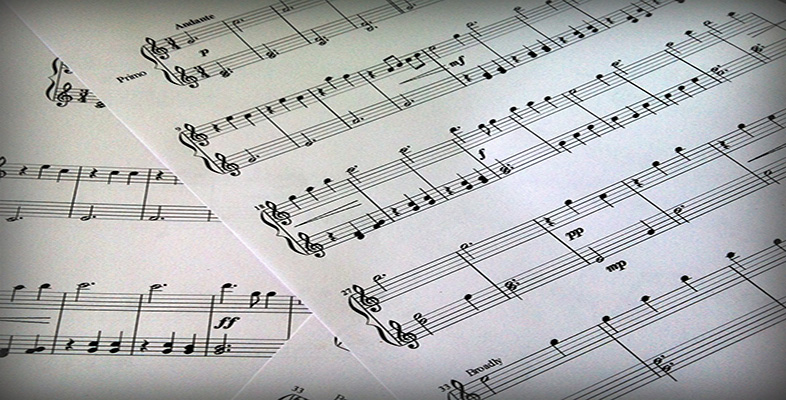1 3. From experience to interpretation
In almost all films, the visual story is completed first, dialogue and sound effects are then added and music is composed last of all. However, when Disney made the animated film Fantasia in 1940, they reversed the process, producing animations based on pieces of classical music. You may like to look at the Disney archives website, or read some information about the making of Fantasia from the Disney family museum website.
At the time, this was thought of as a way to popularise classical music, and to make audiences more comfortable with hearing music in films. The earliest audiences were often confused about where the music was coming from, especially if they couldn't see an orchestra.
Activity 3 imitates Disney's Fantasia process to help pupils analyse different expressive musical elements. A segment of music from Fantasia is a good basis for the activity. You might like to finish the activity by comparing pupil responses with the original film scene.
Activity 3
Click 'View document' to open Storyboard worksheet
View document [Tip: hold Ctrl and click a link to open it in a new tab. (Hide tip)]
Choose a piece of film music from a soundtrack album (preferably without voice over) of about two minutes in length. An effective choice would include a change of melody, mood or tempo in the middle. Play this piece of music to the pupils several times and ask them either to:
-
draw up a storyboard (click on the link above for a storyboard worksheet) or
-
write a short scene or
-
write a short piece of prose to describe the action for this music.
Then share the outcomes, asking pupils to read their prose or scene aloud, or lead through the pictures on their storyboard. Ask pupils to compare with each other how they responded to mood, tempo, and significant moments in the piece.
